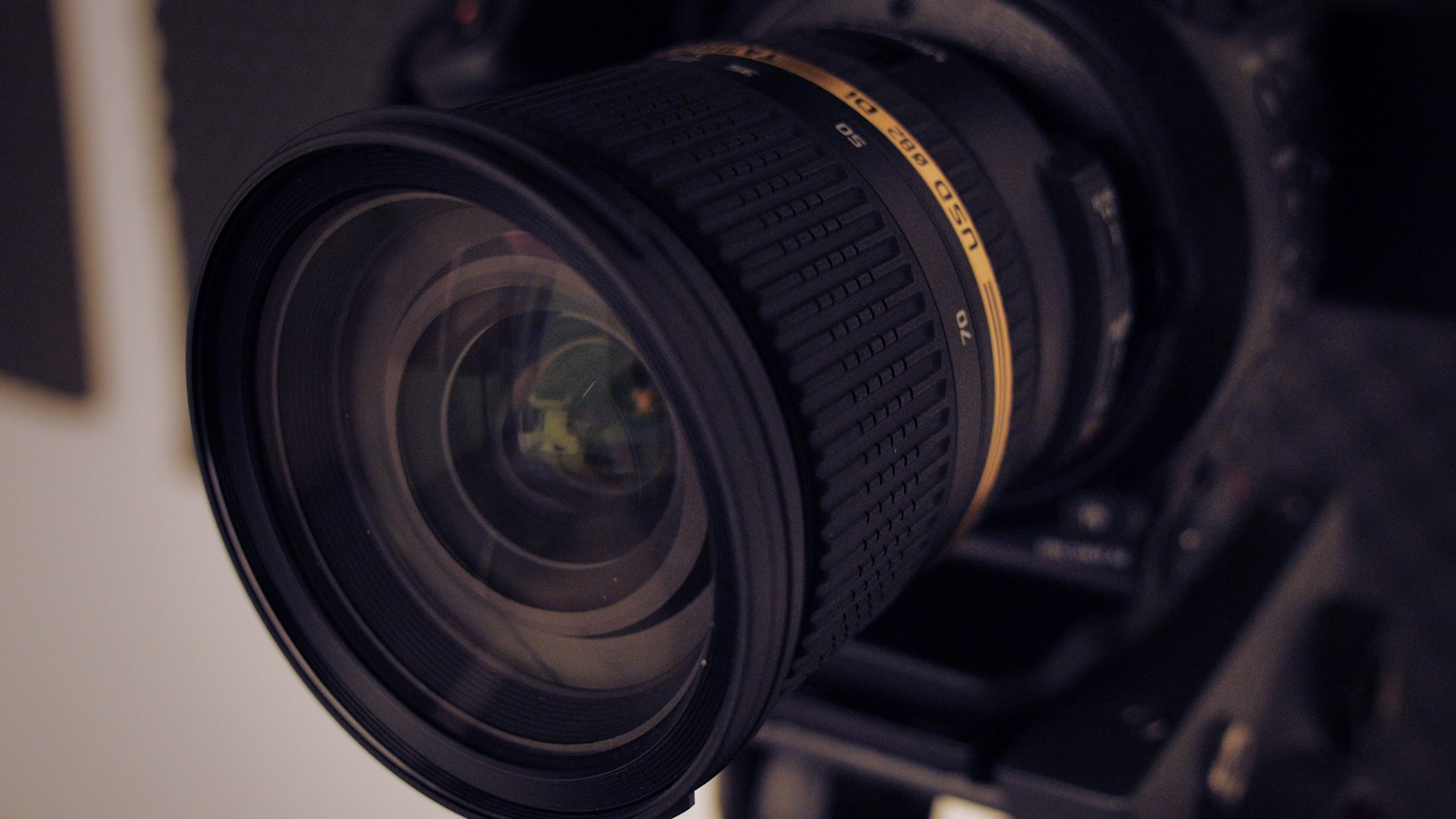It is important as graphic and web designers to see what everyone else is doing or not doing on the web. It gives us an idea of what future clients may be looking for, and ideas that we can evolve into our own designs. It can also open your mind to things you may not have thought of before, thus expanding your creativity and idea-set. Even if you don’t like the look of a certain design trend that people have been using, it is important to remain as open-minded as possible in the always-changing world of web design.
In this post, we’ll take a look at the top 5 design trends we’ve noticed in 2011 here at Render Perfect, and how they are affecting the web.

Designers are starting to put increasing amounts of thought into the font that they use on their site. A couple years ago, you could look at any site on the web and you could almost guarantee that most of the text would be in basic fonts like Arial and Times New Roman. Now, designers carefully select their typeface, size, alignment, and even the spacing between individual letters. You want your site to have a certain “feel” to it, and sometimes that cannot be accomplished with just plain text.
Here are a couple sites we’ve noticed that both use excellent typography:

Social networks have become huge, especially Facebook. I can’t think of one person i know that doesn’t have a Facebook profile page. Even people who barely know how to operate a computer have a profile and know how to access it flawlessly. Since everyone is now on a social network, why wouldn’t you want to link yours to your website?
This was a trend in 2010 as well, but in 2011 the ways to link your social network and your website are much easier and more effective. You can now go to pretty much any company’s website and “Like” them on Facebook, write on their wall, look at recent Tweets, subscribe to their RSS feed, and other actions like this without leaving that company’s homepage. A couple of years ago, designers would have been baffled at features like these, but now you can’t go to a website without seeing a “Like us on Facebook” or “Follow Us on Twitter” link.
The Render Perfect company website is a perfect example of this. At the bottom of any page on our site (except the blog of course) you can “Like” us on Facebook, write a comment on our wall, or view some of our friends. Check it out!

HTML5 is the newest form of the HTML markup language. If used properly, it has the potential to make a designers job easier. Out of all the web trends of 2011, this is quite possibly the most important and it is most likely going to be the standard in web coding.
The only problem with this new language is that not all browsers and operating systems can display it correctly. The best browser to view HTML5 websites on would be the latest Google Chrome, which isn’t compatible with all computers yet. If you are curious as to whether or not your browser of choice will display HTML5 correctly, you can go to http://www.html5test.com and it will let you know exactly what your browser can and cannot display.,/p>
Here are a couple sites we’ve noticed that use HTML5 effectively:
(Keep in mind even if your browser doesn’t display HTML5, these sites will still look like the way they are intended to.)

Less is more! The age of sites with 1000 buttons and background music is (hopefully) over! We have noticed that a lot of companies are going for the minimalist look for their site. They are clean, easy on the eyes, and even users with little computer knowledge can navigate through them with ease.
However, a new trend in simplicity has also arisen this year, and that is “One Page” websites. They are exactly what they sound like, a website containing: (you guessed it!) ONE PAGE! Designers use anchors to bring the visitors to a certain part of the page instead of linking to a new page entirely. Most of the “One Page” sites we’ve seen function really well and look great.
There’s not too much we can say about simplicity, so check out some excellent examples we’ve noticed:

With new tablets and mobile phone’s coming out, your website isn’t going to be viewed by just desktop computers and laptops anymore. Which means, your website will appear completely different if it was designed specifically for a widescreen monitor (which most are).
With the flick of a wrist (iPhone, iPad) a user can switch his browser to a horizontal view which makes most fixed width sites look terrible. If a page is liquid, however, it will adapt to any screen it is viewed on (if designed correctly). This makes it so, regardless of which mobile device you are using to browse the web, websites will appear as they are intended to look on a widescreen monitor, which was most likely used when the designer created the site.
Here are a couple examples of websites that look great on both mobile devices and on your desktop or laptop computer:











 604 E Joppa Road
604 E Joppa Road